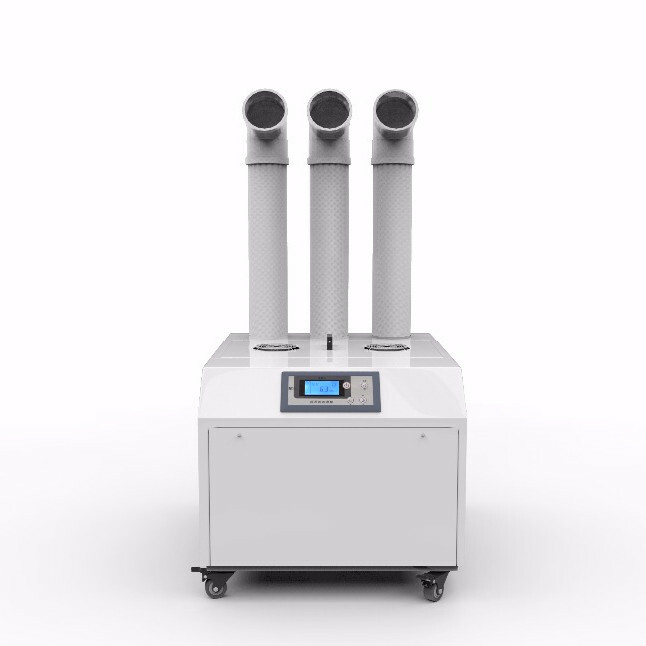
creativecommons.org
Geysers are an indispensable thing in heating water. Why? It is much simpler than electric water heaters, and spends even less money on utility bills. Also, water is heated in those systems where there is simply no central heating. You do not depend on public utilities and always have hot water at home - not life, but a fairy tale.
But what to do when water flows from the gas column and it does not stop? In this article, we will analyze the main reasons why water drips from the column and how to deal with this problem quickly.
The content of the article
- Is it possible to use a geyser if it is leaking
- Why water drips from the gas column - the main reasons
- Water is dripping from the geyser - what to do and how to fix it at home
- Geyser maintenance
Is it possible to use a geyser if it is leaking
According to all technical standards, only fully serviceable equipment is allowed for use. This is especially true for gas equipment - you never know what can happen. Therefore, using the column when water is dripping from it is strictly prohibited.
What are the consequences of turning on a broken heater:
- flooding a gas burner with water from a heating element - an explosion and gas poisoning;
- non-critical breakdowns, but still undesirable - wear of gaskets or depressurization of joints will only lead to large negative consequences and a large price tag for repair services.
If the geyser is flowing due to the fact that the integrity of the water supply unit is violated, it simply will not turn on. The ignition block and fuel valve are connected to the water supply system. No water, no work.
Why water drips from the gas column - the main reasons
Among the problems that happen to the boiler, everyone has only two main ones - they become the reason that water drips from the gas column. The malfunction is determined by a mutually exclusive method: if one option does not fit, this is definitely problem number two. The nature of the situation is determined by the location of the leak.
For example, if a geyser leaks from below, the problem is caused by a malfunction of the system reducer. Water is dripping from the geyser in the form of condensate - it is worth checking the heating coil.
Below we have described in detail each problem, why water drips from the gas column:
Malfunction of the water supply unit - in this case we are talking about the gearbox. This is the simplest part that starts the gas supply mechanism (opens the valve) when a cold pipe is fed into the device. Inside it is divided by a special membrane. When fluid is supplied to this part, it becomes heavier under pressure, opening the fuel rod, and from such a long pressure, a breakdown can happen - no one is safe. There are several signs of a membrane rupture:
- water drips from the safety lever on the column - the membrane does not allow liquid to enter through the coil, so it drips from everywhere where the seal has broken;
- a node is flowing - another situation in which the breakdown lies in the membrane. Initially, this does not affect the operation of the gas burner, but the pressure increases, and more and more water drips.
Problems with the heat exchange element - the constant exposure to high temperatures on the coil (most often it is made of copper) leads to scale, corrosion and cracks. As a result, water drips from the gas column in the form of accumulations of condensate throughout the body. It is unrealistic to accurately identify the place of a leak during an external examination, and in places where the pipe “breaks down”, the copper color changes to green - this can be seen.
A weak connection on the thread or a break in the rubber gasket is another third-party problem why the geyser is flowing. If you see water under the boiler, do not rush to get under the coil. Inspect all the levers and mixers - maybe the sealant has broken somewhere or the nut is loose.
The gas column leaked: what to do? First determine the root cause. To do this, the metal base of the gas boiler is removed and an initial inspection is carried out. Start global work only if you have definitely found the problem and you can fix the leak yourself (do not forget to turn off the gas and water before starting to disassemble the boiler installation).

creativecommons.org
Water is dripping from the geyser - what to do and how to fix it at home
To begin with, we localize the breakdown using the initial inspection of the equipment. Remove the cover and check the integrity of the system. Found the problem - proceed to repair:
- If the thread or inserts are damaged, for this we need a wrench and rubber gaskets. We “pack” the weak nuts with the key, and replace the inserts in place of the old ones. To improve the result, you can use silicone sealant.
- If the hose is leaking, then you need to buy and install a new one. The service life of the part is only a couple of years, so maintenance of the device should be done regularly. Yes, and rubber gaskets will not hurt to replace - it is not known when you will climb inside the boiler installation.
- The gearbox is covered - the inserts are replaced and a new membrane is attached. To do this, the “frog” (gas valve) is removed and the body is cleaned. Then the gear part is changed with new rubber seals. Also check all connections for dirt or debris - clean the areas. Check the valve spring as well - it should not hang out, otherwise the boiler simply will not turn on.
As you can see, these "scams" do not require much effort and knowledge. Just a couple of keys and spare parts for the boiler will help solve the problem in just a couple of hours.
Geyser maintenance
If your device is not dripping, but simply not heating water or turning off, there are a few things to check:
- Bring a match to the ventilation - perhaps the gas is not supplied to the system;
- Replace the batteries on the ignition if you have an electronic element;
- Check the connections on the faucets - your problem may be in the water supply system, and not in the heater;
- Clean soot and fumes from ventilation to improve gas access to the heating system.
And what did you encounter when using a gas boiler? Tell us in the comments and share your water heater repair methods.


